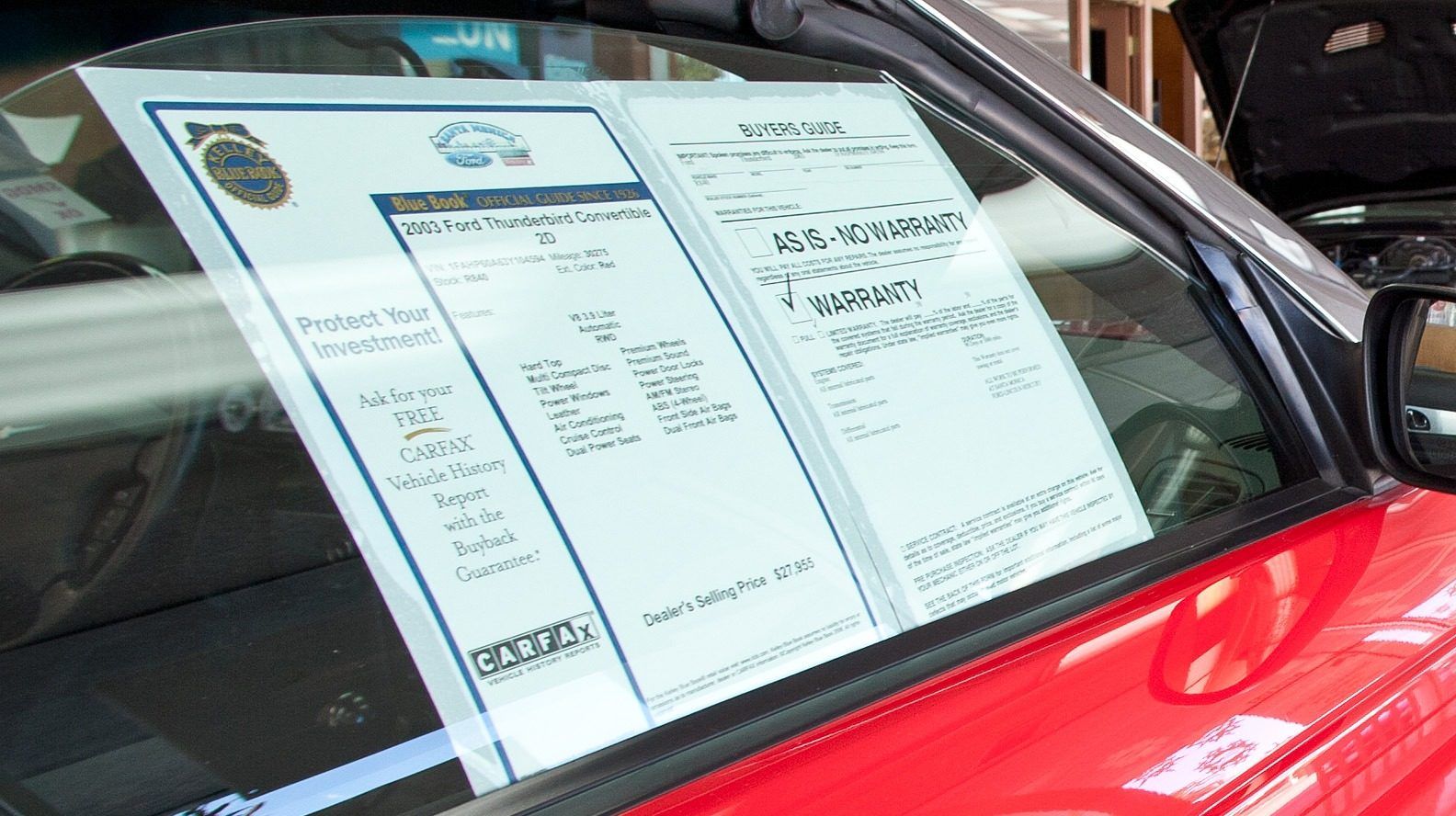When buying a car, it is extremely important to know every detail about the car and how these details will affect driving. Cars should be purchased based on reason and facts, taking into account what the driver needs from a car, what they do not, where they live, and where they drive.
A very basic question to ask when first beginning the car shopping process is whether or not to get a rear-wheel-drive car. As the name implies, rear-wheel-drive cars have the engine powering the back wheels. These cars have their positives and their negatives, which need to be considered carefully before purchasing.
9 Pro: Balance and Handling
One of the main advantages of rear-engine drive cars is balance. Because the power from the engine spins the back wheels, it better balances the weight of the drivetrain over the entire car. Because of this, rear-engine drive cars are known for enhanced handling. In general, rear-wheel drive cars give the driver a greater sense of control, making sliding and accidents much less prevalent.
It is because of this higher level of control that most race and sports cars are rear wheel drive. Cars in mid-race need to be able to make tight turns at incredible speeds while retaining momentum. To do this safely and efficiently, most have turned to the better weight distribution and balance of rear-wheel drive vehicles.
8 Pro: Maintenance
What surprises many when talking about rear-wheel-drive cars is that they on average have lower maintenance costs. Some could possibly chalk this up to the build quality of certain brands, however, the difference actually comes from the cars being rear wheel drive.
Essentially, the design of the axle on rear-wheel-drive cars is one solid piece, giving the car the ability to take more of a beating while not needing serious repair. This is actually why many emergency service vehicles are rear wheel drive, for they can drive up on curbs and hit things with a much lower likelihood of something breaking, keeping the maintenance costs for rear-wheel drive cars low.
7 Pro: Heavy Lifting/Towing
A great advantage of rear-wheel-drive vehicles that is surprisingly not mentioned much is the ability to lift and haul heavy items. While this does apply to cars, most vehicles that depend on rear-wheel drive for heavy lifting and towing are actually trucks. Putting the energy of the vehicle in the rear wheels is perfect for towing, putting the force closer to the weight being hauled.
A front-wheel-drive car would just spin out if trying to haul heavy equipment, having its power in the wrong place. However, having the power in the back makes heavy lifting a breeze, making rear-wheel vehicles perfect for hauling, towing and construction.
6 Pro: Acceleration
It has already been mentioned that most high-performance sports cars employ rear-wheel drive for its better balance and handling, however, there is another reason as well. Because the car pushes from the back, it is able to move the car from a standstill faster than a front-wheel-drive car.
This means that rear-wheel-drive cars have much faster acceleration rates than other cars, having little to no delay between engine roaring and the car beginning to move. While this is crucial in racing, this feature will also be apparent to normal drivers, who will notice how quickly rear-wheel-drive cars can move from a standstill.
5 Pro: Braking
Out of the many differences between the rear wheel, front wheel, and all-wheel drive, the one that probably matters most to consumers is braking. While brake technology has advanced and changes very much over the years, rear-wheel-drive cars still maintain the best braking in the automotive industry.
If the power of a rear-wheel-drive car is put on the back two wheels, then the main force of the brakes will be put on those wheels as well. Where heavy braking can cause sliding and loss of control in a front-wheel-drive vehicle, breaking from the back has the car brake smoother, maintaining much more control as the vehicle slows.
4 Con: Price
While the maintenance of a rear-wheel-drive car is much cheaper than that of a front-wheel-drive car, that is not the whole story. As a rule, rear-wheel-drive cars are more expensive to purchase, put on the higher end, more racing-oriented vehicles. This is mostly because it costs more to produce the strong axle of a rear-wheel-drive car.
This may not be a concern to those who can afford these cars, however rear-wheel-drive car may simply not be in some people's budgets. Price is a very make or break element of car shopping, so rear-wheel cars will always be at a disadvantage in this regard.
3 Con: Takes Up More Room
What most don't know when talking about rear-wheel-drive cars is how much space the mechanism takes up. With the drivetrain connecting the engine to the back wheels, that has to be attached somewhere. Often, the drivetrain will create a large hump that cuts through the middle of the vehicle, limiting space for storage and passengers.
This problem is almost nonexistent for front-wheel-drive cars, who do not need to take up any space powering the front wheels because the engine is on top of the wheels. If the room is an absolute necessity, then a rear-wheel drive is not the wisest decision.
2 Con: Fuel Efficiency
Especially now in a climate-conscious society, fuel efficiency is extremely important to many buyers. If a car is not very efficient, the price of filling the gas tank will add up quick. Many drivers want this issue to compound as little as possible, turning to cars with the best fuel efficiency. This factor hurts rear-wheel-drive cars, which on average have worse gas mileage. While the difference is not much, the more power required to move the back wheels over the front ones does use more fuel.
This especially matters to those who commute far or travel for work, who will want their cars to sip as little gas as possible. For those, a rear-wheel-drive car may simply not cut it.
1 Con: Performance In Hazardous Road Conditions
Of all the cons that can be thrown at rear-wheel-drive cars, the absolute most damning is their performance in hazardous road conditions. While some rear-wheel-drive vehicles have figured out how to better face the elements, for the most part, rear-wheel-drive cars become essentially useless in bad weather conditions.
Based off where one is living, consumers may have no choice but to purchase something all-wheel or front-wheel drive just to survive. Just look at this video of a rear-wheel drive Tesla Model 3 stuck in the snow. If one lives in a place with not much inclement weather, this issue may not matter at all, however, this is not a luxury experienced by all.










